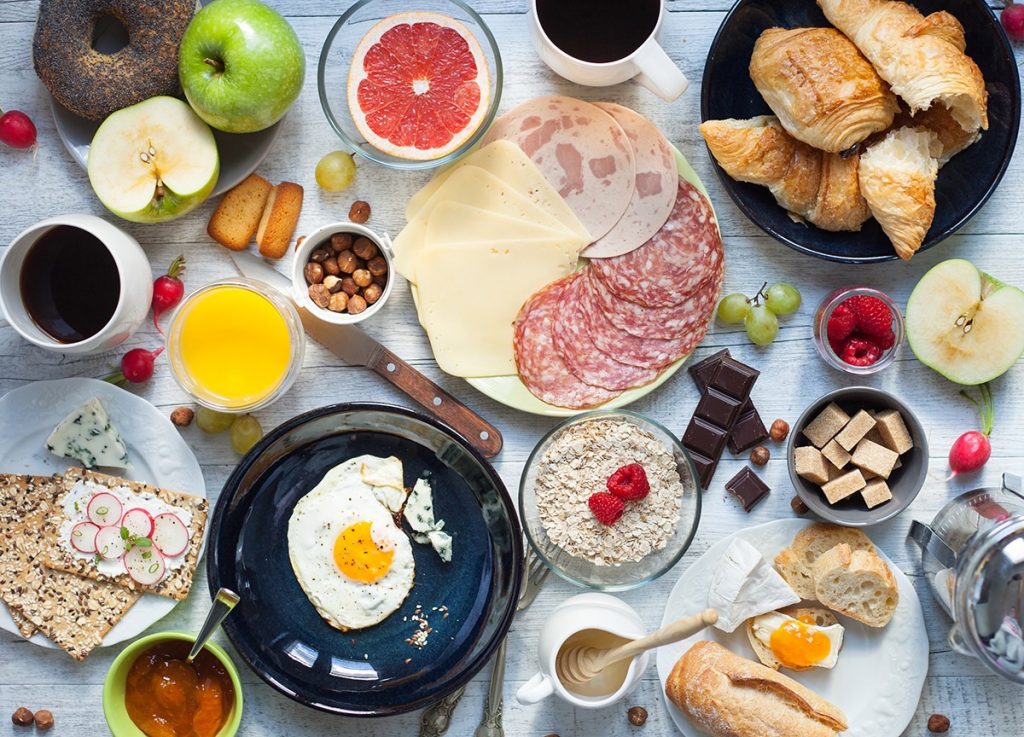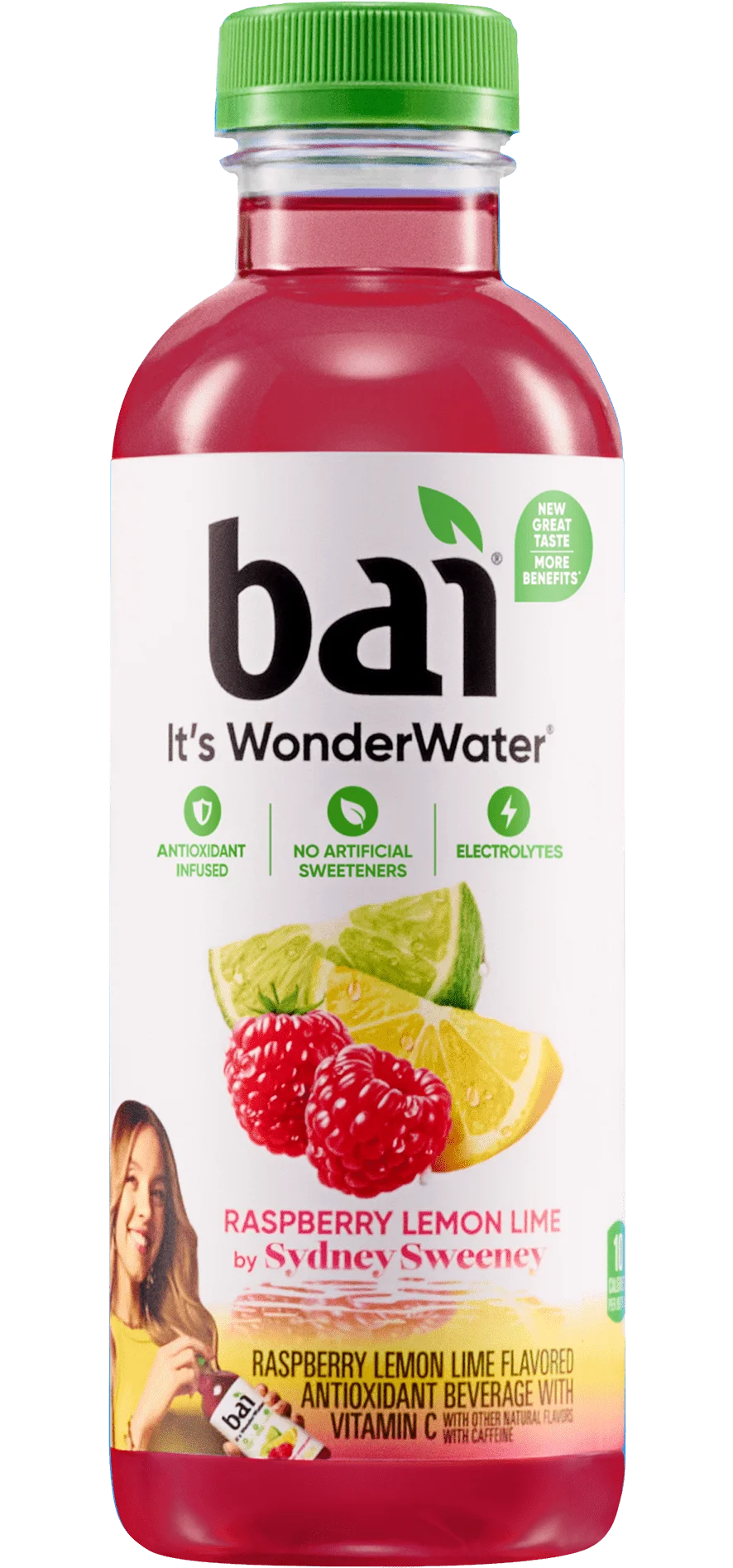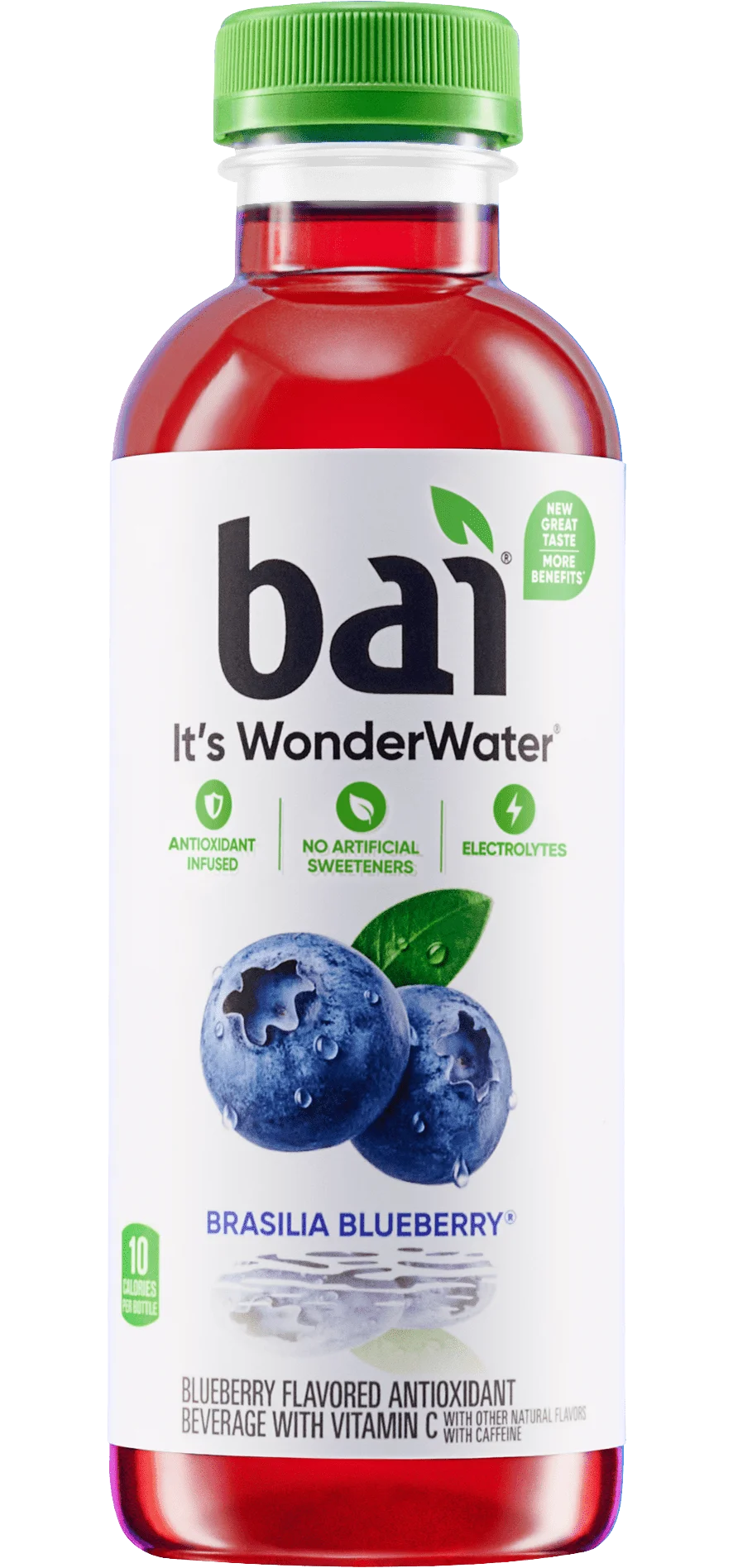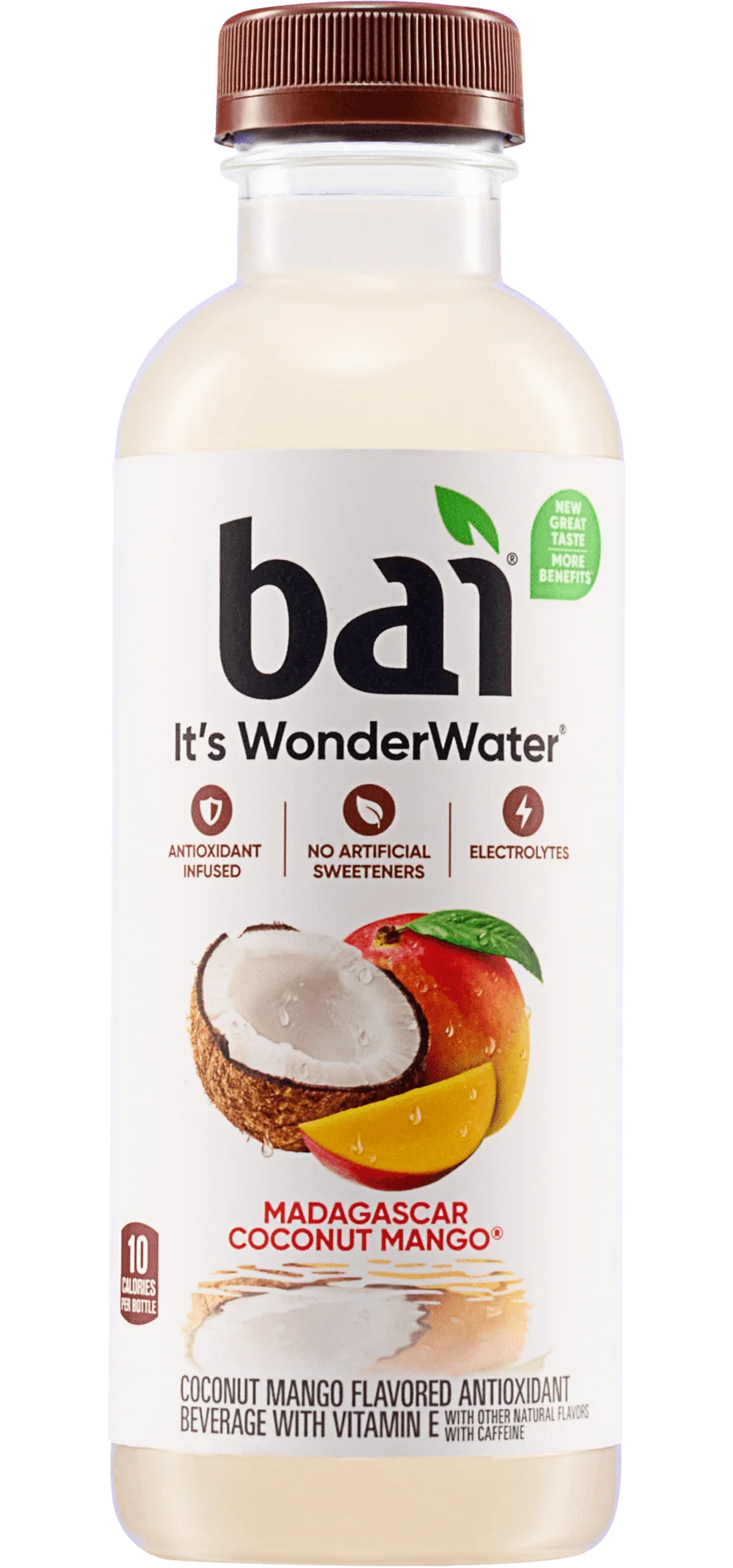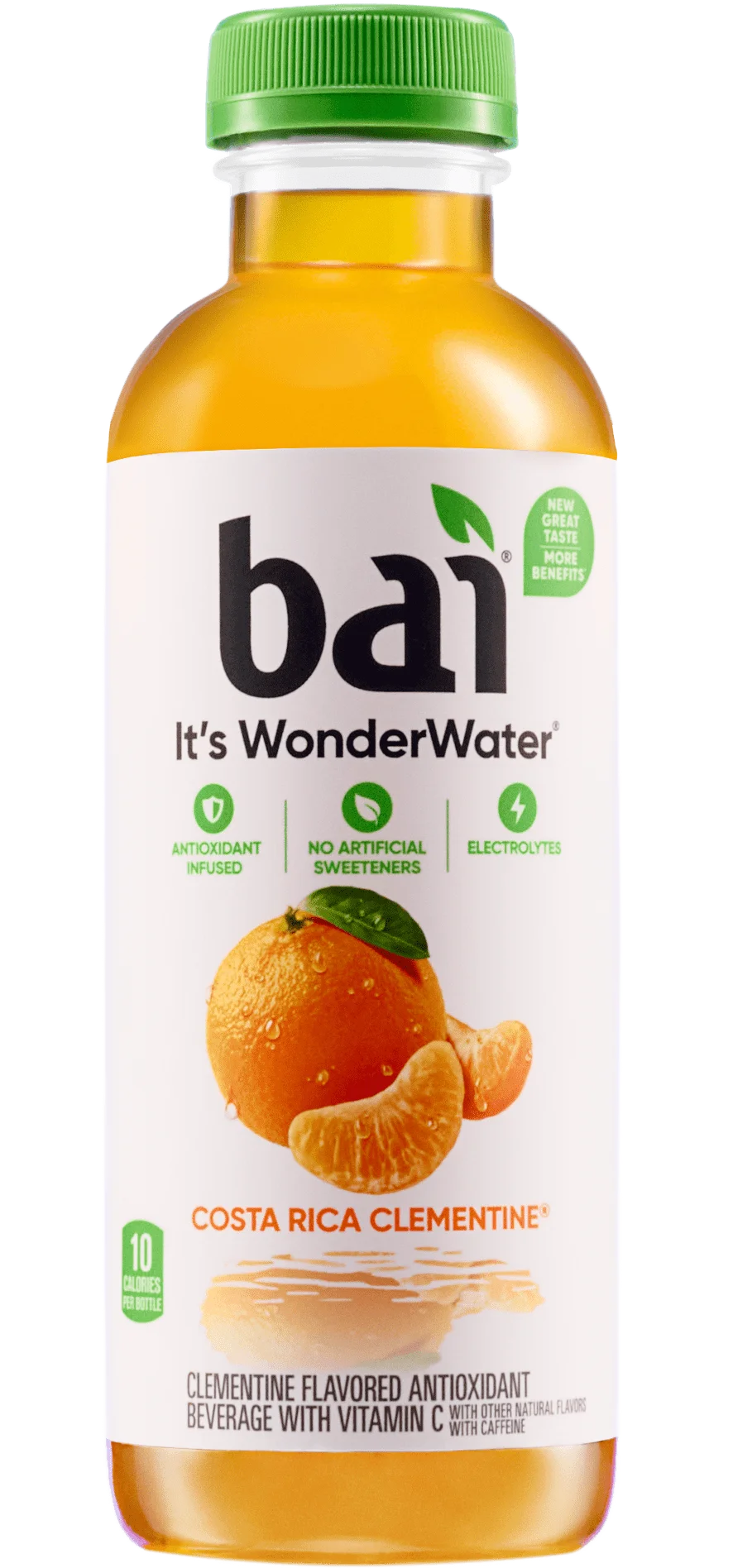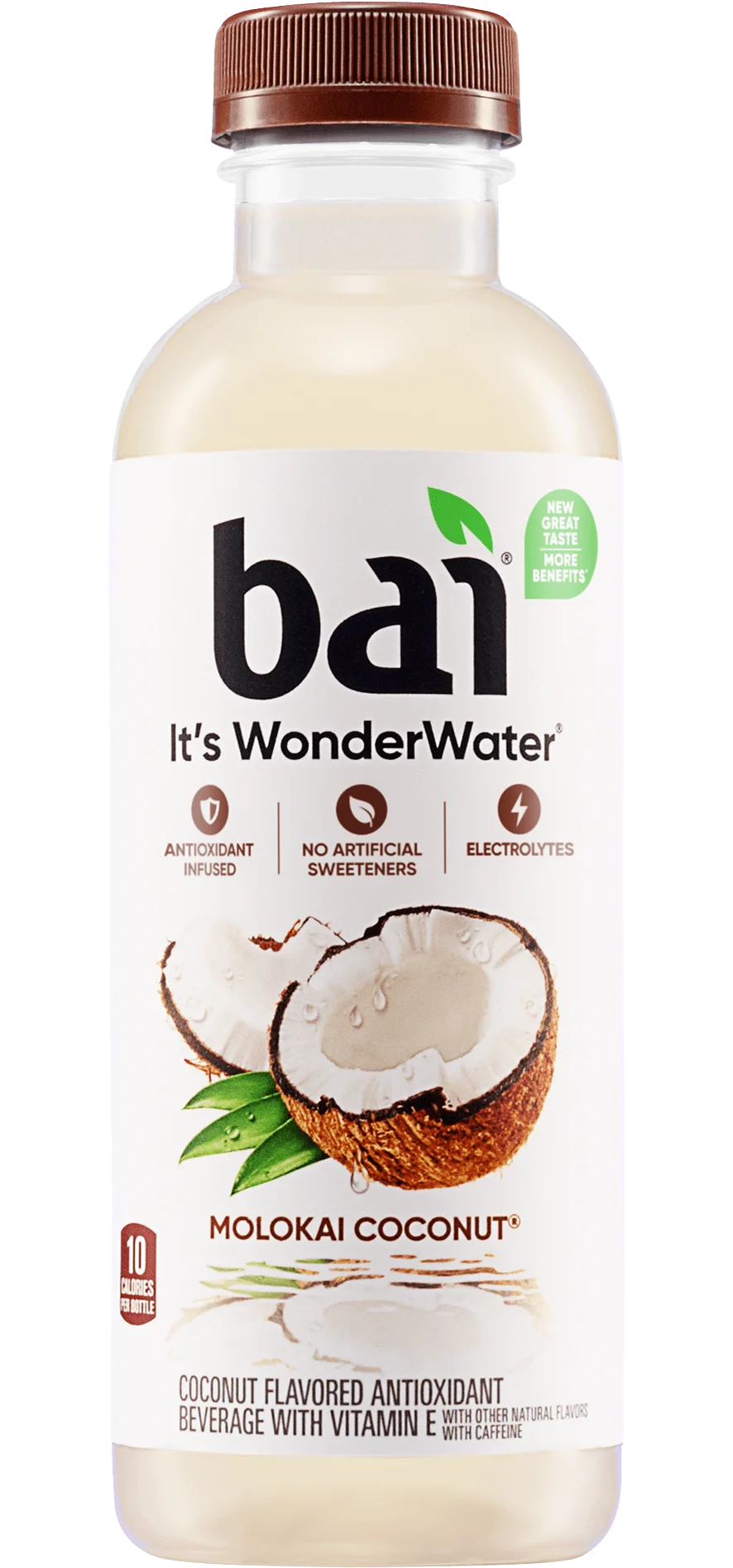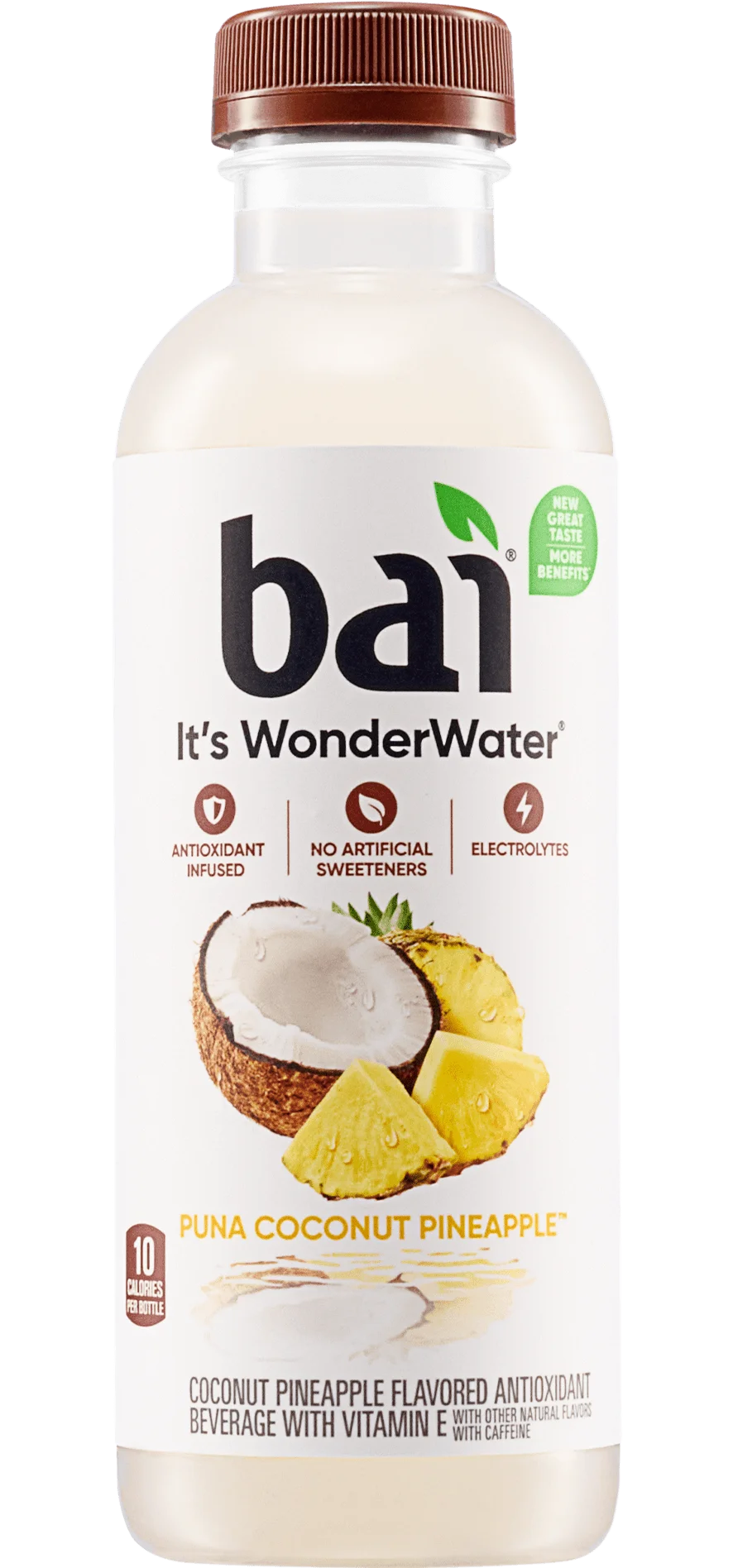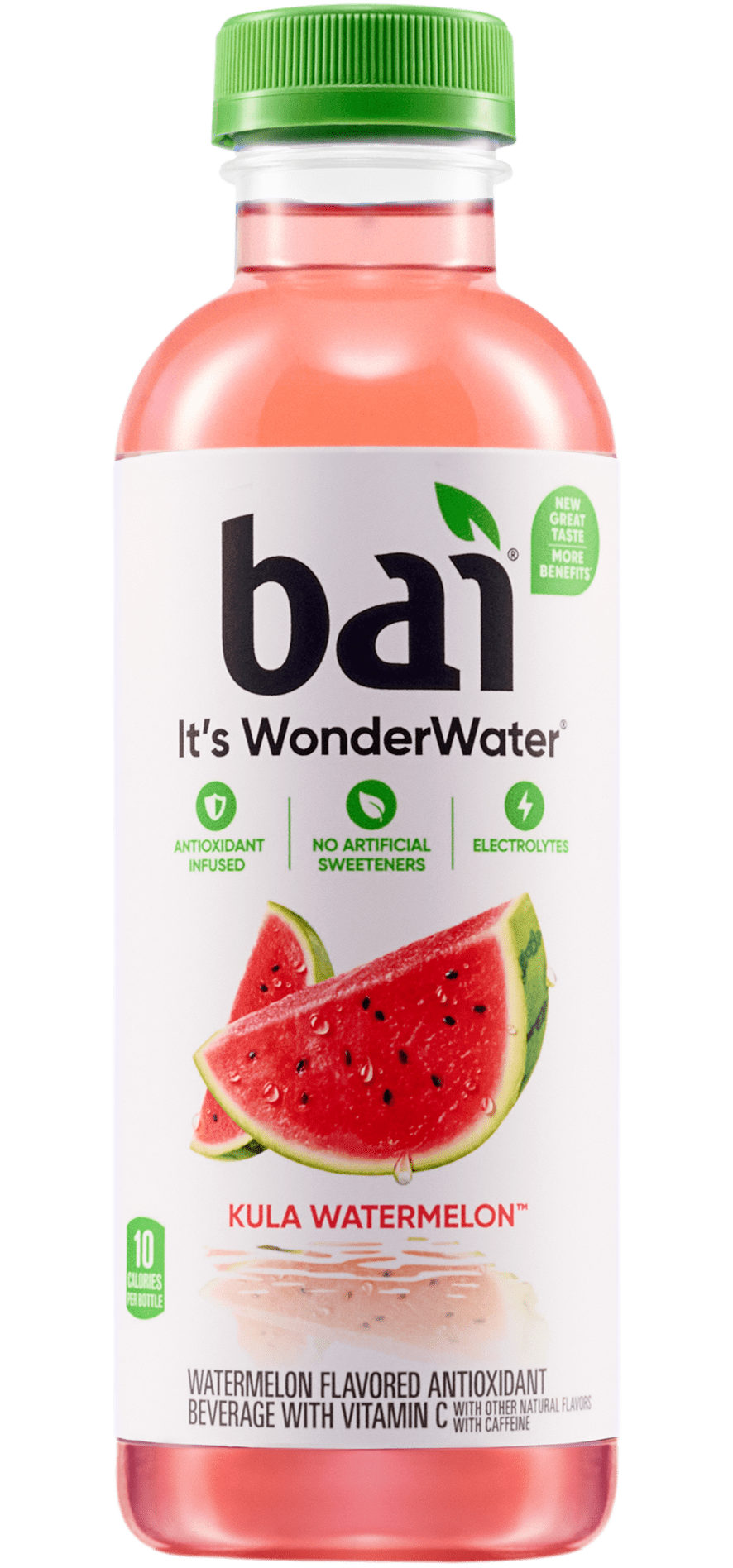It’s happened to everyone- you meet someone new, and they look like someone you’ve known or at least seen before, but you can’t quite put your finger on who they are. But then you walk into a department store, past a perfume counter and you get immediate flashbacks to your Aunt Lisa, who you haven’t seen since you were 15. This instantaneous association is due to the fact that your sense of smell, as well as your sense of taste, is known as a ‘chemical sense.’ Chemical senses, not surprisingly, detect specific chemicals in your environment. This is unlike the sense of sight, in which your eyes merely recognize shapes and patterns and associate them with past memories. Certain smells and tastes have distinct chemical patterns in the brain, making it much easier for you to understand what it is exactly that the taste of these chips reminds you of (it’s your mom’s cheddar broccoli soup, by the way). So what does this hard-wiring of your noggin have to do with how certain foods make you feel? It’s these chemical nuances that make cravings and comfort foods so strong and so specific, and what makes your reactions to them so positive. Here’s the breakdown.
Truth #1: Comfort foods are so comforting because they make you feel less isolated.
Simple enough. Certain foods remind you of loving relationships and therefore make you feel less lonely when you eat them. You want chicken noodle soup when you’re sick because it reminds you of being taken care of as a kid. You want ice cream because it reminds you of nights spent chowing down with friends.
A study done in 2015 focused on how people ranked the tastiness of ‘comfort foods’ during times of loneliness. The researchers asked subjects to recall a time they had an argument with someone, and then had them rate how enjoyable chips were. Results showed that people with secure attachments (positive and loving relationships) with whoever they recalled arguing with ranked the food as tastier than ones whose relationships were less so. A second study conducted by the same researchers found that people with secure attachments also consumed more comfort food than people with less secure attachments. People with healthy relationships had begun to feel lonely, and the food helped to compensate. But people with less nurturing relationships didn’t feel as stark of a contrast before and after recounting the argument, and therefore didn’t consider turning to food quite as helpful.
So, according to the experts, comfort food feels literally comforting. Like in a caring, motherly kind of way rather than in a satiating kind of way. A little strange, yes. A little hard to admit that chicken parm is your friend, yes. But still delicious.
Truth #2: Cravings are all in your head and not, contrary to grumbles and gurgles, in your stomach.
There’s a difference between brain hungry and stomach hungry. Stomach hungry is the root of tummy rumbling and low energy levels- it causes a considerable imbalance in the hormones leptin and ghrelin. But brain hungry is much more complex. Eating food releases pleasure responses in the brain, which, from an evolutionary standpoint, makes sense; it helped keep our ancestors alive by reminding them that putting food in their mouths was a beneficial practice.
We may not have to leave our caves every morning to catch dinner anymore, but those responses in the brain live on. And some foods cause stronger releases than others. As a general rule of thumb, fatty and sugary foods cause stronger releases of pleasure chemicals called opiates than foods that are, well, healthier. Chocolate and dairy (aka a major component of common comfort foods like ice cream, mac & cheese, pizza, etc), for example, can cause strong releases of dopamine in the brain. These pleasure releases mimic similar addiction-causing chemistry in the brain. Don’t worry- your affinity for chocolate likely can’t get strong enough to be considered an actual addiction. But don’t test your boundaries.
The benefit of the fact that cravings come from your head rather than your stomach, however, is that outsmarting them is perfectly healthy (don’t ignore stomach hunger, that stuff’s serious). So next time you find yourself mindlessly doodling ice cream cones in the margins of your notes, take a moment to recognize what’s going on up in the ol’ noodle of yours. Have you been stressed out? Are you tired? Have you taken a week off from the gym when you typically go every other day? Things like these can leave your brain chemistry out of whack. It’s likely that you just need a little pick-me-up to get it back in balance. Sure, a banana split might do that for you, but so will other pleasure-response-releasing activities like working out, listening to your favorite music or watching a stand-up routine. The less you give into cravings, the less likely they’ll stick around.
Lie: Your body forces you to subconsciously crave certain foods when you’re deficient in nutrients specific to those foods.
Aside from wanting ‘something cold,’ which likely means you need water, or pica, which is a craving for non-food items like dirt due to a lack of iron or zinc, cravings are largely due to a lack of neurotransmitter release rather than a lack of a specific nutrient. Studies and clinical research show that there seems to be a neural network in the brain that connects emotion, hunger and memory– the three driving components of a craving. And when this network’s traffic becomes especially low, cravings kick in in an attempt to right the imbalance. As fun as it may be to say that your craving for dark chocolate is your body’s way of saying it needs magnesium (and then giving in to said craving), it’s probably just your brain’s way of saying it needs a dopamine spike.
For the most part, when a craving for grilled cheese and tomato soup sneaks up on you, it’s because the cheesy and buttery sandwich will give you the fatty, carby release your brain– not your body- is calling out for. If you’d rather kick the craving in a healthier way, refer back to truth #2.

